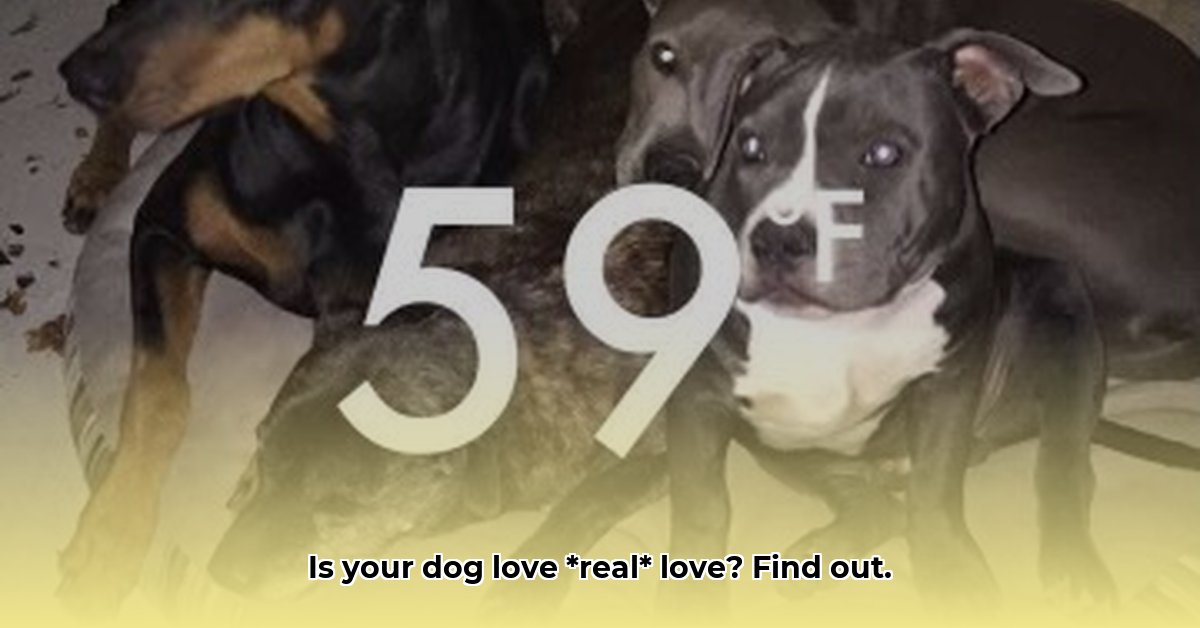We love our dogs, often seeing glimpses of ourselves in their expressive eyes and wagging tails. It’s tempting to attribute human emotions like joy, guilt, or even jealousy to our furry companions. But this natural human tendency, known as anthropomorphism, can sometimes hinder our ability to truly understand and connect with our canine friends. This guide explores the fascinating world of canine behavior, debunking common misconceptions about dog communication and offering practical advice for building stronger, more fulfilling relationships based on their needs, not our projections.
Why We See Human in Hound
It’s easy to project our own feelings onto our dogs. We’re wired to seek connection and find comfort in shared emotions. But while a little anthropomorphism can be harmless, too much can cloud our judgment, leading us to misinterpret their actions and respond in ways that don’t meet their real needs. This section explores why we anthropomorphize and how it can impact our interactions with our dogs.
The Psychology of Projection
Anthropomorphism is deeply ingrained in human psychology. We’re social creatures, constantly seeking patterns and making sense of the world around us. It’s a cognitive shortcut, a way of simplifying complex information by relating it to something we already understand – ourselves. When we see a dog with droopy ears and a tucked tail, it’s easier to label it “sadness” than to consider the complex interplay of factors that might be influencing their behavior. This tendency is further amplified by our emotional bond with our dogs. We love them, and we want to believe they share our emotional world.
The Good, the Bad, and the Furry
While excessive anthropomorphism can be problematic, it’s not all bad. Recognizing our dogs as individuals with unique personalities, preferences, and quirks strengthens the human-animal bond. It encourages empathy and motivates us to provide them with the best possible care. The key is finding a balance – appreciating their “human-like” qualities while still respecting their inherent dogness.
When Anthropomorphism Hurts
Attributing human emotions to dogs can have unintended consequences, leading to miscommunication, ineffective training, and even compromised welfare. This section delves into some specific examples of how anthropomorphism can negatively impact our dogs.
The “Guilty” Look Debunked
That classic “guilty” look – downcast eyes, tucked tail, slumped posture – is often misinterpreted as remorse for a misdeed. However, studies suggest that dogs exhibiting this behavior are more likely responding to our body language and tone of voice than feeling actual guilt. They’ve learned to associate these cues with disapproval, and they’re trying to appease us, not confess to a crime they may not even remember.
Revenge is a Dish Best Not Served… by Dogs
Assuming a dog shreds a pillow out of “spite” projects a human motive onto a canine behavior. Dogs don’t act out of revenge. Destructive behaviors, especially when left alone, often stem from separation anxiety, boredom, or a lack of appropriate outlets for their energy. Punishing a dog for assumed “spite” not only fails to address the underlying issue but can also damage your relationship and worsen the behavior.
The Jealousy Assumption
If your dog growls or snaps when another dog approaches you, it’s tempting to label it “jealousy.” While dogs can exhibit behaviors that resemble jealousy, it’s important to consider alternative explanations like resource guarding (protecting a valued resource, in this case, you) or fear/anxiety in the presence of other dogs. A careful observation of their body language – flattened ears, stiff posture, lip licking – can offer more accurate insights.
Speaking Dog: A Guide to Canine Communication
Dogs communicate through a complex language of body postures, facial expressions, vocalizations, and even scents. This section provides a practical guide to understanding what your dog is really saying.
Decoding the Wagging Tail
Tail wags aren’t always a sign of pure happiness. A slow, hesitant wag, coupled with a lowered body, might suggest anxiety or uncertainty. A high, stiff wag, accompanied by a fixed stare, could be a warning sign. Consider the entire context – posture, facial expression, environment – to accurately interpret the wag.
Ears, Eyes, and Posture: Telltale Signs
Ears perked forward suggest alertness and interest. Ears flattened against the head indicate fear or submission. Relaxed, softly held ears suggest contentment. Soft eyes typically signal relaxation, while dilated pupils can indicate fear or excitement. A stiff, rigid body signals tension, while a playful bow invites interaction.
Reading the Subtle Cues
Pay attention to subtle cues like lip licking (a calming signal), yawning (stress or anxiety), and changes in breathing rate (excitement or fear). These often-overlooked signals offer valuable insights into your dog’s emotional state.
Practical Tips for Decoding Your Dog
- Become a Doggy Detective: Observe your dog in different situations, noting their reactions to various stimuli.
- Consider the Context: Interpret behaviors based on the environment and surrounding circumstances.
- Learn Canine Body Language Basics: Familiarize yourself with common dog postures, vocalizations, and expressions.
- Look at the Whole Picture: Don’t fixate on a single cue; consider the entire body language display.
- Consult the Professionals: If you’re struggling to understand your dog’s behavior, seek guidance from a certified dog trainer or veterinary behaviorist.
Finding the Balance: Anthropomorphism and Understanding
While it’s important to avoid projecting our own feelings onto our dogs, a little anthropomorphism can enrich our bond and motivate us to provide exceptional care. The key is to balance our natural tendency to humanize with a genuine effort to understand their unique canine perspective.
Embracing the Ongoing Learning Process
Our understanding of dog behavior is constantly evolving. Researchers continue to uncover new insights about canine cognition and communication. Stay curious, observe closely, seek professional advice when needed, and acknowledge the limits of our current knowledge.
Understanding Your Dog on Their Own Terms: Benefits of a Balanced Approach
Shifting from assumption to understanding brings a host of benefits for both you and your canine companion.
- Clearer Communication: By separating human emotions from actual behavior, you’ll decode your dog’s true needs and motivations.
- Stronger Bond: True connection thrives on mutual understanding. Observing your dog’s unique communication style strengthens your relationship.
- Improved Training: Addressing your dog’s real needs and motivations leads to more effective and positive training outcomes.
- Enhanced Welfare: By understanding your dog you can provide an environment that minimizes anxiety and supports their specific needs.
By embracing this balanced approach, we can move beyond simplistic interpretations and celebrate the remarkable complexity of our canine companions. It’s a journey of discovery, deepening our connection and enriching the lives of both human and hound.
- How Did Charles F. Brush Discover Wind Energy Tech? - November 19, 2025
- Wind Energy Vertical: Weighing the Pros and Cons of Wind Power - November 16, 2025
- How Much Energy Does a Wind Turbine Actually Create? - November 14, 2025
















